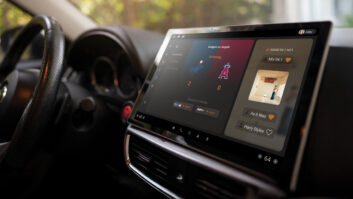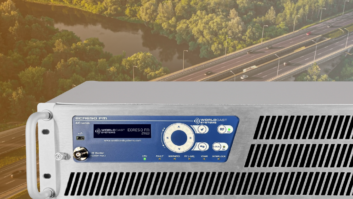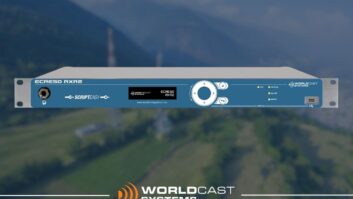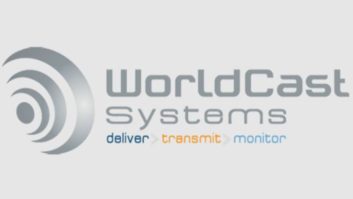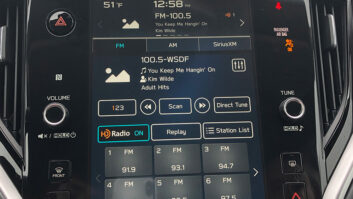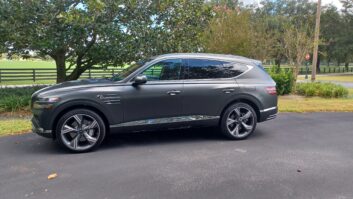Radio World publishes User Reports on products in various equipment classes throughout the year to help potential buyers understand why a colleague made a given equipment choice. These are unpaid testimonials by users who have already purchased the gear. A Radio World Product Evaluation, by contrast, is a freelance article by a paid reviewer who typically receives a demo loaner.

Oslo tops the rack. EVERETT, Wash. — I am a contract engineer for KRKO(AM), a sports station located on the northern edge of the Seattle metropolitan area.
In 2008 KRKO purchased an APT WorldNet Oslo system to communicate with its new 50 kW transmitter site (there is also an application filed for an additional 50 kW station to be collocated here).
Set in a rural area, the site is 11 miles from the main studio building and presents some STL challenges.
As a result, several options for delivering audio and communicating with the site were explored: point-to-point 10 kHz copper pair audio circuit(s) from the local telco provider, Verizon, at a cost of $775/month; 1.5 Mbps T1 data circuit from a third-party provider at a cost of $649/month; wide-area network connection provided by a private Internet carrier with a final 2 GHz microwave hop direct to the transmitter building; and a no-monthly-cost trade-out for the station and extension of our local-area network via an 11 GHz private microwave hop from our studio building to the transmitter site via a dish mounted at the top of the main radiator, a receiver located at the antenna tuning unit (ATU) and a 700-foot fiber optic link back to the transmitter building.
Decisions
Because most of the 11-mile path from studio to transmitter is located in an annual flood plain, the options based on telco copper were ruled out.
Ideally, we preferred equipment that would deliver multiple bidirectional audio paths (analog and AES-EBU), extend our station phone system to the site and function well over LAN or WAN. Due to permitting delays, we’re currently using the WAN link and plan to move to the LAN/microwave system in the next year.
The APT WorldNet Oslo system provides the flexibility and functionality we need. Our current system has two duplex AES-EBU modules, one duplex analog audio module and a four-line off-premise phone module. Setting up for use over the WAN required some assistance from the APT tech support people, but the system’s great management software allowed us to access and configure both ends of the link for optimum stability and minimum latency.
The Oslo management software provides instant monitoring/logging of system parameters and has a flexible alarm matrix that allows us to choose the alarms we want to receive and the method we want to receive them. There are also built-in status circuits from site-to-site, with eight opto-coupled inputs and eight relay outputs, available at each unit.
When we move to the microwave/LAN, the additional bandwidth will allow us more program audio paths to the transmitters and return audio from RPU receivers at the transmitter site as well as from over-the-air receivers allowing us to backhaul clean audio from other radio stations for monitoring and EAS.
With the addition of another APT stereo codec unit (e.g., APT Horizon), this system will allow us to link to our auxiliary transmitter site, delivering all of our STL audio to all of our sites with one system.
The APT WorldNet Oslo system has exceeded our requirements for KRKO(AM) and will support our needs into the future as we add another station.
The author is a contract engineer with Anderson & Associates.
For information, contact Chris Poulain at APT/WorldCast Systems in Florida at (305) 249-3110 or visitaptcodecs.com.
